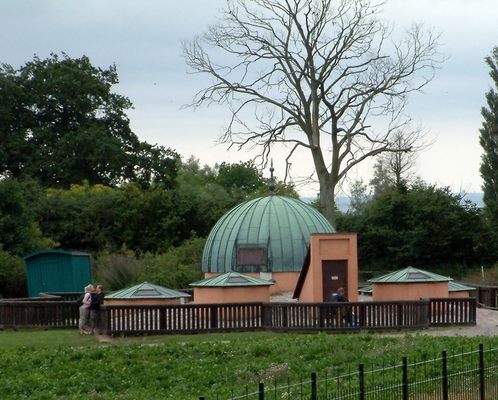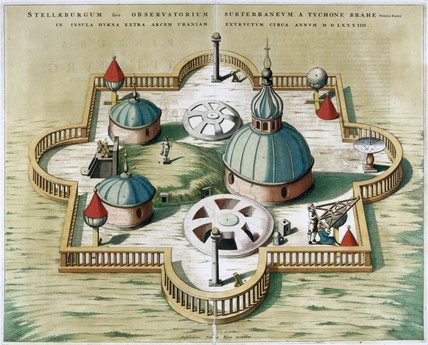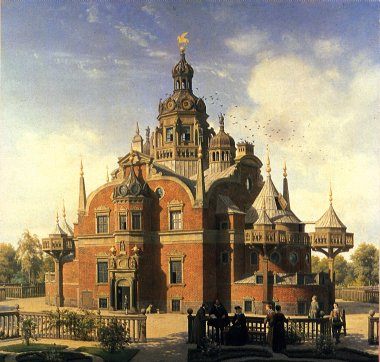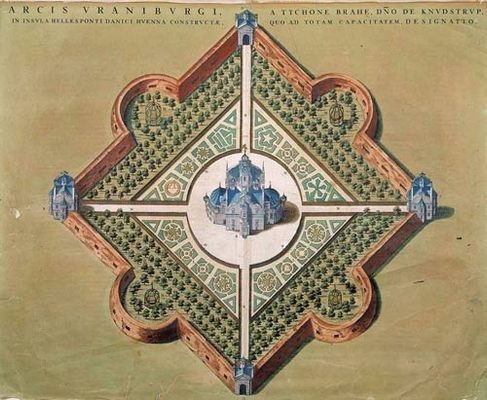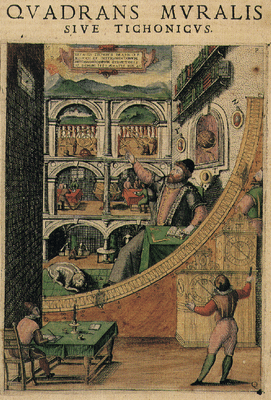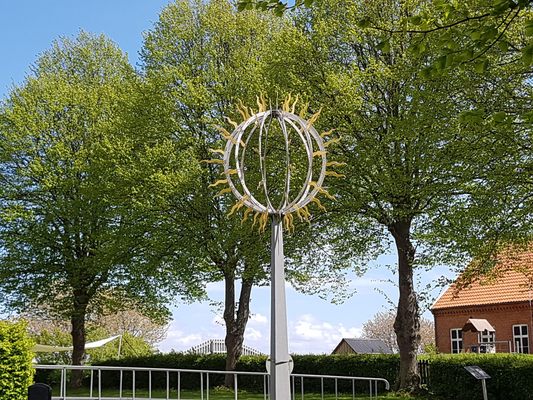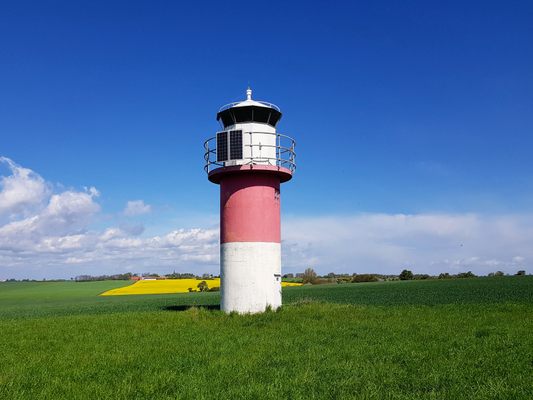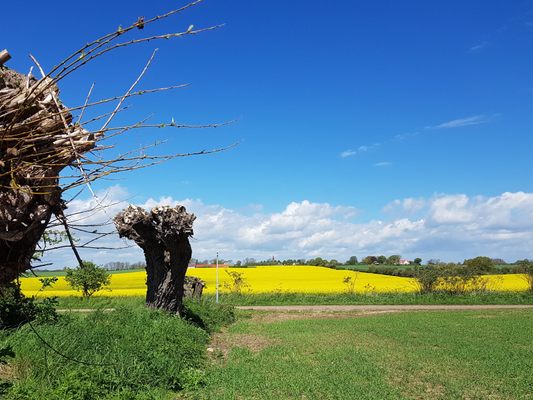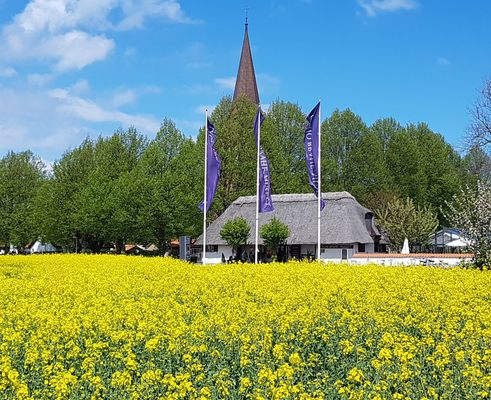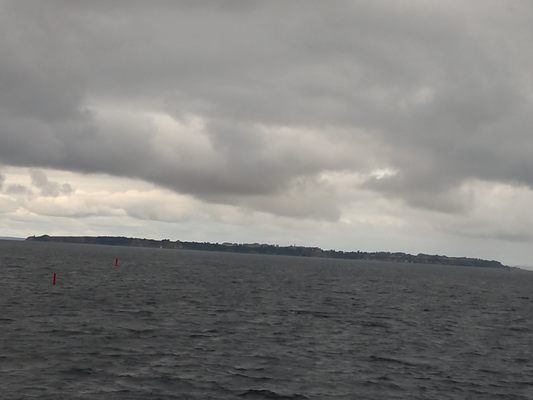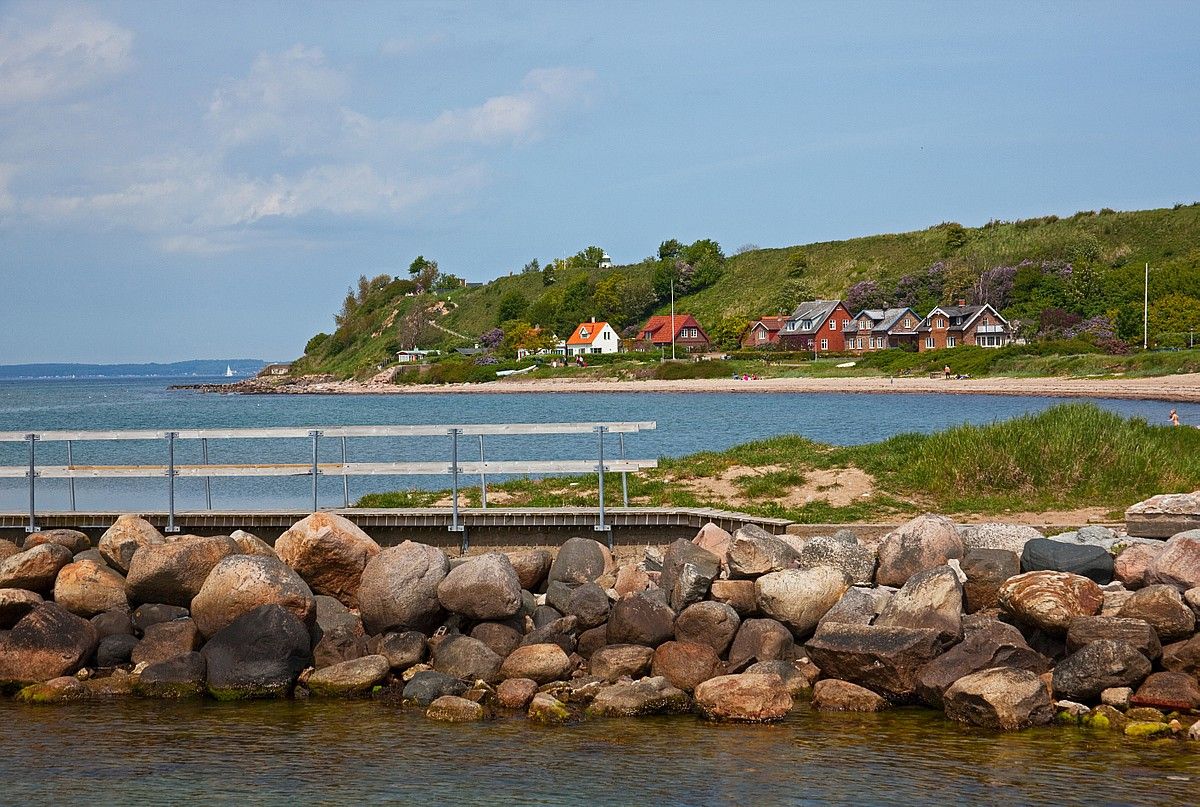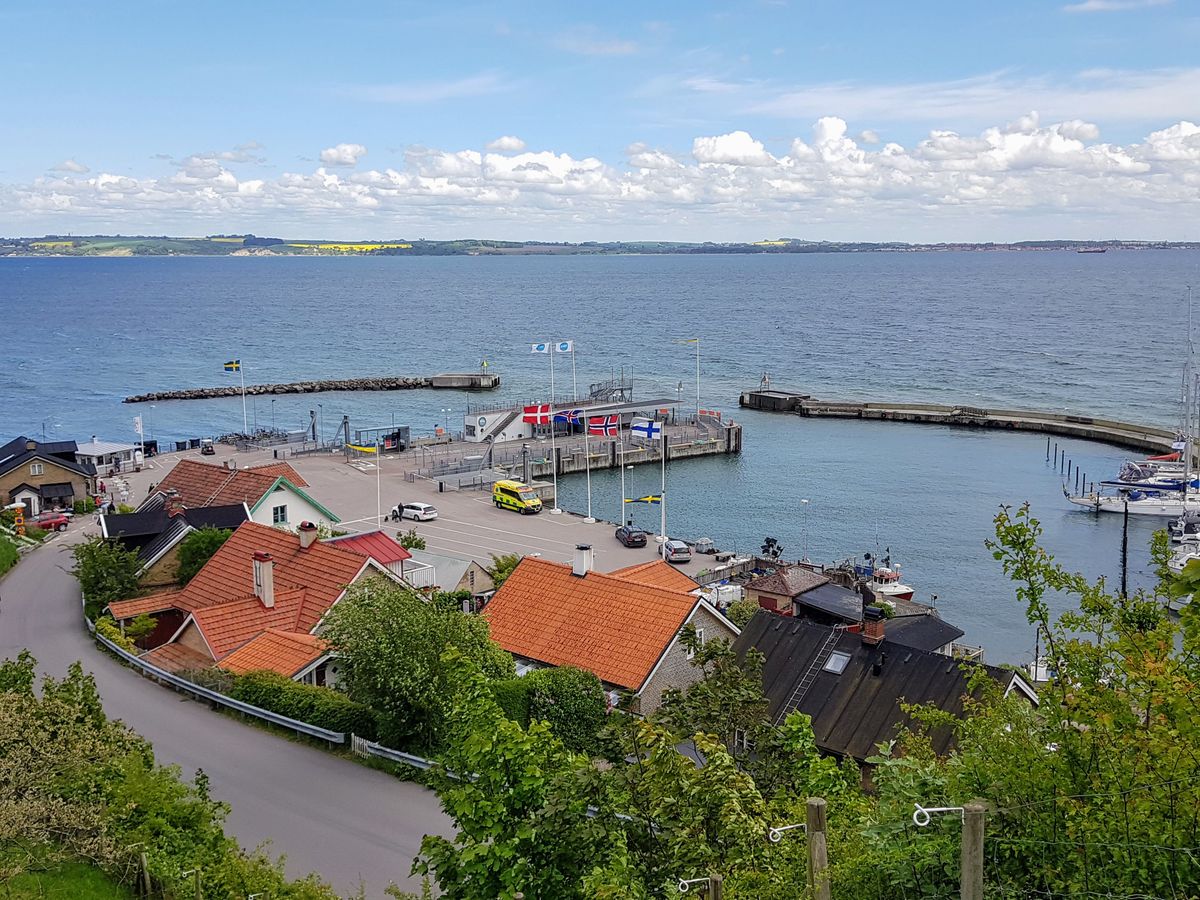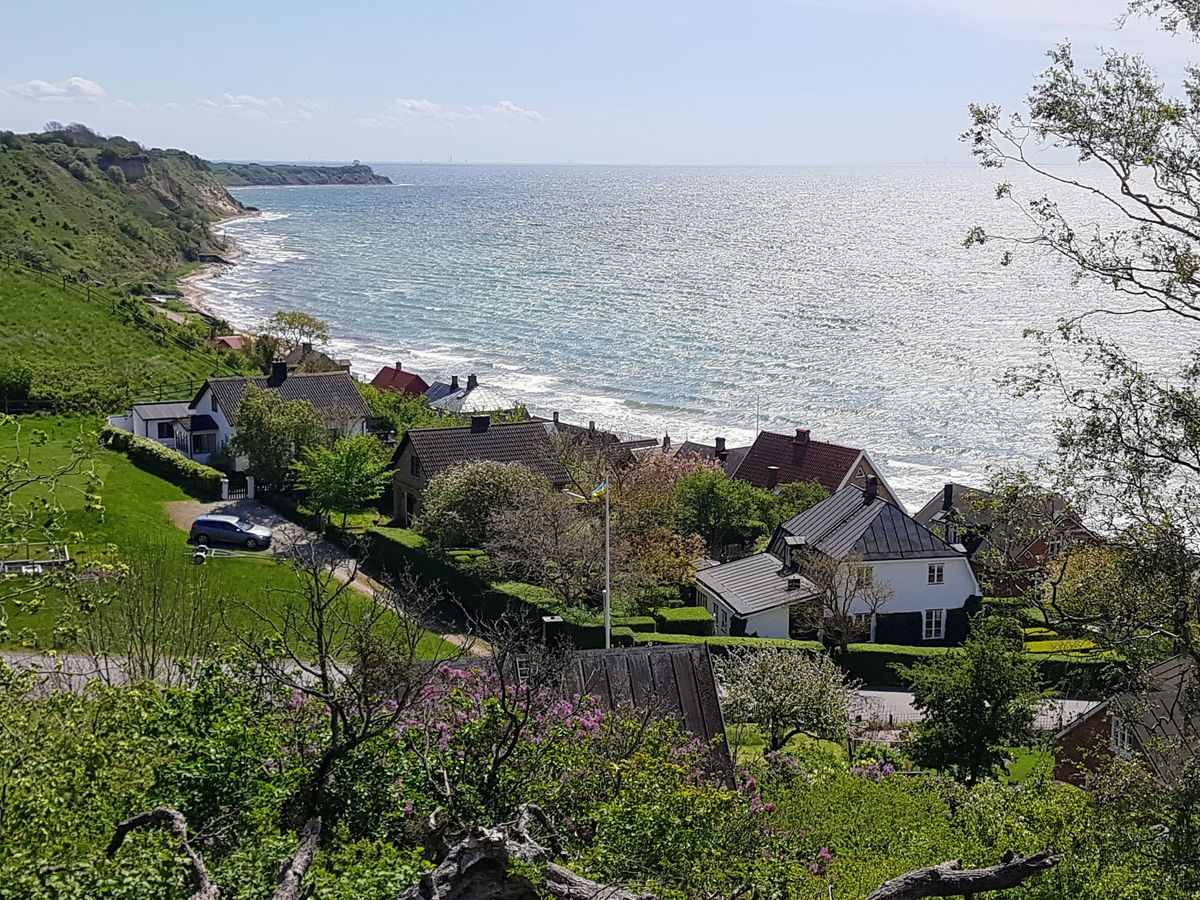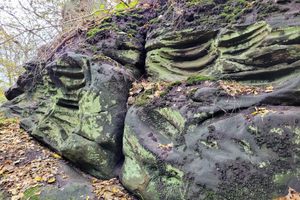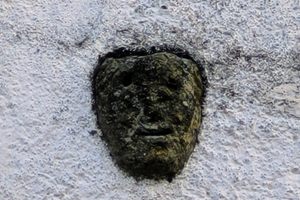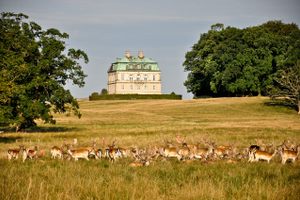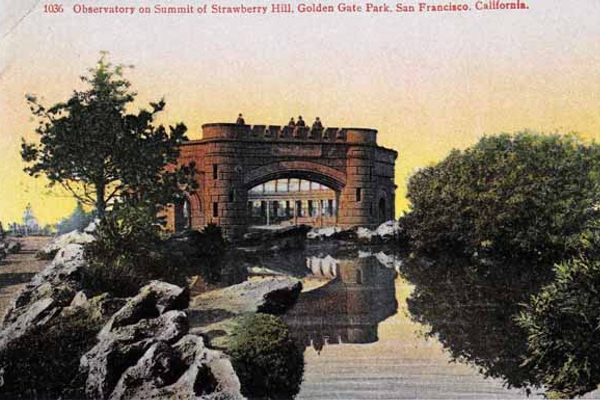About
The island of Hven, though only 7.5 square kilometers in area, was once a mecca for 16th century scientists and the reason for Denmark to spend more than five percent of its national wealth (an all-time world record). Historically a farming island, Hven was given to the Danish astronomer Tycho Brahe by King Frederick II in 1576 to develop a school and research laboratory. However, some initial tension between the astronomer and the local farmers resulted in a turbulent start to the period of Tycho's ownership.
Danish agriculture in the 1500s was characterized by a tenant system, in which farmers paid substantial fees to utilize the land of noblemen. The inhabitants of Hven, however, were not controlled by a nobleman and were considered freeholders. Thus, when the island was enfeoffed to Tycho, Hven farmers became dissatisfied and many fled. In response, the king forbade the island's farmers to leave without Tycho's approval and permitted the astronomer to punish any dissidents as he saw fit. This course of action seemed to work as the locals completed construction on Tycho’s first building, Uraniborg, within a few years.
Named after Urania, the Muse of Astronomy, Uraniborg took the form of a stately Dutch-inspired castle. With astronomical observations as the chief design criteria, Uraniborg is considered the first custom-built observatory (it also holds the distinction of being the last observatory to be built without a telescope as its major instrument). The primary instruments were housed in several towers with outdoor observing decks, providing maximum coverage of the sky. Meanwhile, the building's strict north-south layout simplified the alignment of the great mural quadrant. This instrument is used to measure the angle of an object in the sky, and Tycho's happened to be one of the largest astronomical instruments of its time (and part of the reason for the observer's reputation for unrivaled accuracy).
While modest in size, the "Castle of Urania," also served as a residence for Tycho and his family, with additional accommodations for the astronomer's students, visiting scientists, and even royalty. Astronomy was not the only science studied at Uraniborg, however, as an alchemical laboratory in the basement was the stage for Brahe's secretive medicinal chemistry experiments. Often using herbs from the castle's garden, Brahe created his own remedies and some have postulated that the scientist's death was a result of self-medication with mercury. The garden itself was an important design element, and was laid out in an elaborate geometrical composition conceived by Tycho to symbolize the mathematical harmonies of the universe.
After the castle's completion, Tycho noticed that the tower-mounted instruments were prone to high winds, thereby reducing the accuracy of his measurements. This led to the construction of nearby Stjärneborg (or "Castle of the Stars"), a ground level observatory where the instruments rested in underground pits, covered by shutters or rotating domes.
In 1597, after losing financial support from the new king, Christian IV, Tycho abandoned the island. In exile, the astronomer brought his instruments along with him and the buildings were left to decay. Both buildings were eventually destroyed, but after an archaeological dig in the 1950s, Stjärneborg was restored.
Today, a multimedia show is shown at the old observatory, but all that remains of Uraniborg is an earthen mound that surrounded the original structure. While efforts are undertaken to restore the site to its former grandeur, the gardens are being recreated using seeds either left behind by Tycho's original crops or identified in the scientist's writings.
Also on the island is a paper mill, where Tycho had his own paper processed for the purpose of publishing his results. Paranoid that someone would plagiarize his findings, Tycho oversaw every aspect of the printing process.
Ultimately, Tycho may have been right to be paranoid. Some claim that Brahe's student Johannes Kepler stole much of his research after Tycho's death and published it as his own. Some even go as far as to suggest that Kepler poisoned Brahe to get at the research and take over Tycho's job.
Related Tags
Know Before You Go
You can travel to Hven by daily ferry service from Landskrona run by Ventrafiken. The ferry leaves the ferry terminal in front of the Sofia Albertina Church in Landskrona. The ferry arrives at Bäckviken on Ven, and for most ferry services, there is also a bus available that will take you to the Tycho Brahe Heritage. If there are more than five participants in one group, the bus operator must be informed by telephone: + 46 (0)418 72077, since the number of passengers on the bus is limited.
Community Contributors
Added By
Published
December 27, 2009
